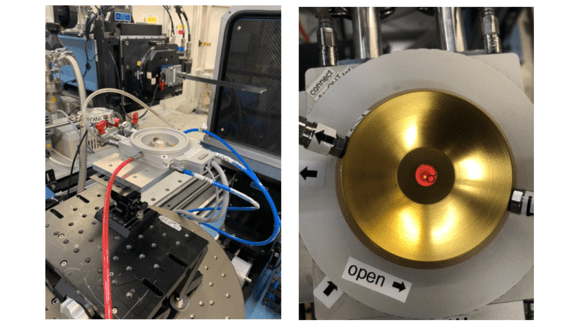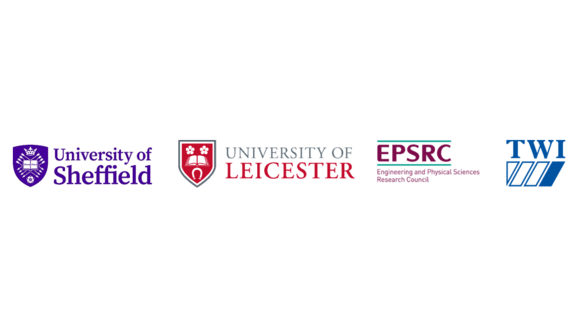Fri, 10 February, 2023
TWI is currently working on a three year collaborative Engineering and Physical Sciences Research Council (EPSRC) project titled, ‘Novel Brazing Filler Metals using High Entropy Alloys’ (AHEAD). The project partners are the University of Sheffield, TWI and the University of Leicester.
The aim of the project is to develop novel brazing filler materials (BFMs) based on high entropy alloy (HEA) systems for brazing nickel-based alloy 718 and CuCrZr alloys. In particular, the project aims to understand the solidification behaviour of the developed HEA fillers, and assess their potential benefits when compared to commercially available BFMs.
Industrial Needs
The key industrial challenges that the project is aiming to address are summarised below:
- Widening the spectrum of materials that can be joined through brazing
- Reduction/elimination of brittle intermetallic phase formation in the joint region, a common limiting factor in the mechanical performance of brazed joints
- Achieving a greater fundamental understanding on the brazing process through experimental trials and numerical modelling
Key Objectives
In order to achieve and build up a better understanding on how to deal with the abovementioned industrial needs, the AHEAD project is focussing on the following objectives:
- Understanding the influence of gap size and brazing time on the microstructure and mechanical properties of commercially available BFMs
- Design and experimental verification of alloy formation and structure for a wide range of developed HEAs with characteristics suitable for BFMs
- Computationally addressing and understanding the melting and solidification of HEAs, and how they interact with a substrate when used as BFMs, and verifying this with microscopic imaging and analysis
- Establishing relationships between composition, joint microstructure and properties for new HEA BFMs used in brazed joints
Progress Updates
As part of the project, different HEA BFMs have been already developed for Ni-based alloy 718 and Cu-based alloy substrates; brazing process parameters were down-selected and the as-brazed microstructure was assessed. Additionally, several commercially available BFMs were brazed and the microstructure was compared with the HEA BFMs. This is also accompanied by advanced in-situ characterisation of the braze joint performed using synchrotron X-ray technique at Diamond Light Source (Figure 1).
 Figure 1. Synchrotron X-ray experimental setup. Linkam furnace apparatus (left), sample during brazing cycle (right)
Figure 1. Synchrotron X-ray experimental setup. Linkam furnace apparatus (left), sample during brazing cycle (right)
The project is now focusing on the investigation of synchrotron X-ray results and the evaluation and the comparison of the mechanical properties for commercially available and new HEA BFMs used in brazed joints.
We will provide you with further information as the project progresses, but for the moment, please feel free to use the below contact details to enquire about novel BFMs or if you would like to know more about TWI’s brazing activities.

This project is funded by EPSRC under reference no. EP/S032169/1.